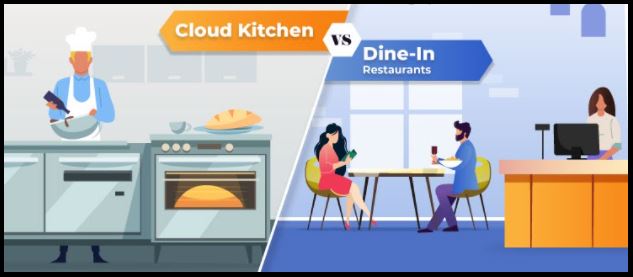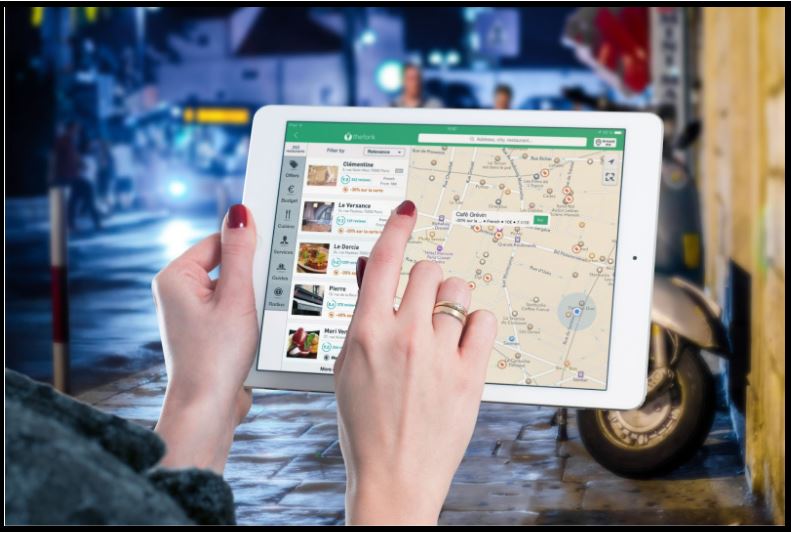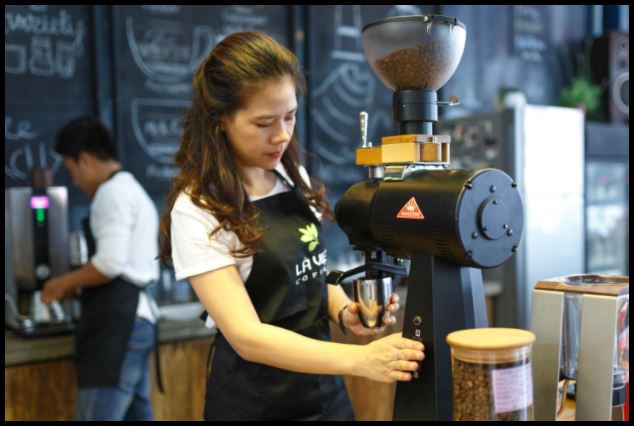Entrepreneurs these days are curious to start their own businesses and startups but are not willing to invest time in learning the entire pros and cons of that particular field.
Every industry has its own advantages and disadvantages. Before getting into any industry, one should be aware of which are the points where I can excel and the points where I can fail.
Being prepared earlier is always better than suffering later.
So, this article conveys the various reasons for cloud kitchen failure and all these are practical factors which when not practiced will definitely lead to failure of the kitchen.
a. Improper Location
Starting your cloud kitchen where your target audience is high in numbers creates a lot more possibility of your sales getting higher. But, often people search for space where rent is low no matter how far is it from their target audience.
If you are unable to serve your target audience then it is very obvious that you can’t sell more, which in turn will not make you enough profit and ultimately lead you to close your cloud kitchen.
For example, Crispy Burgers and Nexus Burgers are two cloud kitchens. Crispy Burgers have their kitchen settled in a locality where they have targeted the college students. So they have their specified targets of students. And when it comes to students, food items like burgers, pizzas, sandwiches are common interests. This is the reason it has a higher number of sales. On the other hand, there is Nexus Burgers, even though its food quality is good, they are located far from their specific audience. So, they are going low on their sales and are unable to sustain with such a low revenue.
So, location plays an important role while starting your cloud kitchen. Choose a target audience, search for commercial spaces near to them(8kms max.) and there is no compulsion that you have to set up your kitchen on the main road. It can be located 1km inside the main road as well.
b. Poor Market Research
- Not selecting a unique cuisine.
You should select a cuisine based on your target audience. It should not be so common that every second shop makes it and it cannot be so rare that no one is asking for it.
For Example, Khichdi Experiment — Is a very nice concept of launching varieties of khichdi in a locality of family residencies. It is very healthy and unique for a person to choose over other junk foods. Even, for families, they can have it for lunch & dinner.
Behrouz Biriyani — Biriyani is a very common interest of the people and almost every second shop out there has Biriyani included in their menu. Still, Behrouz Biriyani has done wonders. This is because of their high budget marketing. So, until and unless you don’t have a high budget, do not choose a cuisine that already has a lot of competitors.
2. Not targeting any specific audience.
You can’t grow your cloud kitchen if your target audience is everybody. You have to be specific when it comes to choosing your audience.
For Example, Lunch box has a target audience of office employees, working professionals, etc. These audiences can directly order a meal box from them and have their lunch or dinner. This benefits both the audience and the cloud kitchen. The audience saves his time by not scrolling through many restaurants. He already has a good option of having a full meal on a budget.
c. Ineffective Setting Of The Menu
- Including a lot of recipes on the menu.
Try to limit your menu to 15–20 food items initially. Be specific on what items you should include regarding your selected cuisine. More recipes = More raw materials = More chefs = More investment = More wastage
This menu has more than 40 items. It confuses the customer what to buy and this can lead the customer to not buy anything. It clearly shows that this kitchen does not have any specific audience. They have not targeted any micro-niche.
But in this menu, they have limited their items to a specific number. This helps the customer choose what they want faster and easier.
d. Ineffective Setting Of Price
- Not setting the price according to your target audience.
For Example, If you are setting a price of 300/- for a meal box and your target audience is students and working professionals, it is not going to work. If we consider Faasos, they have rice bowls ranging from 145/- to 180/- Here, they can attract their target audience successfully.
2. Not setting a crazy offer initially to attract customers.
Introduce a crazy offer, in the beginning, to allow your customer to taste your food. Until and unless people won’t taste tour food, they are less likely to order from your kitchen. So, try to give a 1+1 offer, Dessert free with above 200/- cart price, etc
e. Lack of standardization
- Standardize the quality of the food you are serving.
For Example, Story of Yumist — Gurugram-based food-tech startup Yumist has shut down its operations. The company had raised $1 Mn in February 2015. But, failing to standardize their quality of food made them a failed cloud kitchen.
2. Standardize portion size.
You have to train your chef in such a way that the portion of food he serves to the customer remains the same throughout. You can’t serve different portions all the time. You can lose customers if this happens.
3. Standardize operation procedure
Your kitchen should be “System and process-oriented”. This helps to stay consistent and a smooth running of the kitchen.
f. Customer Interaction
- Not taking customer’s feedback.
Send pamphlets with your food parcels asking them about the taste and quality of food. Ask them to give their review on google, your website, etc. If you have data of customers, call and ask them to give feedback.
For Example, Consider Dominos, they ask you for your feedback via text message.
2. Not interacting with customers through WhatsApp and SMS.
For Example, Burger King, Dominos, KFC, all these brands interact with their customers by sending text messages of various offers, deals, etc to make them direct orders from their kitchen.
3. Not having a social media presence.
For Example, Marky Momos have a very strong social media presence. This can help you bring in more orders. People always judge you on the basis of your social media feeds, so update each and every offers and deals on your social media pages.
g. Depending On A Single Source Of Income
- Not having your own website/app for direct orders.
Relying on Zomato and Swiggy for sales won’t work. You should have your own website for accepting direct orders and in this way, you can even collect customer information which can help you later to reach out for direct orders.
2. Only having customers from food aggravators
You can distribute pamphlets of your kitchen in the locality of your target audience. This can help you get more direct customers.
h. Poor Marketing
- To get more orders, to increase sales, to get known by more people, you have to invest in marketing.
- Not marketing on social media platforms
For Example, Faasos is a big player when it comes to digital marketing. In social media platforms, such as Instagram, Facebook, keep on posting ad campaigns because they know people these days spend most of their time using social media apps and they can convert them by showcasing their offers, foods, smart quotes, etc.




















